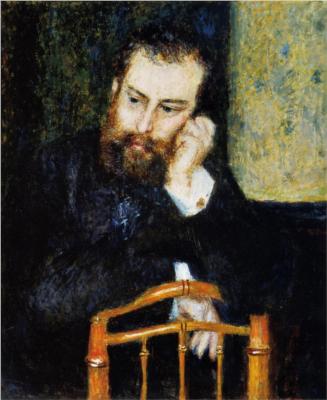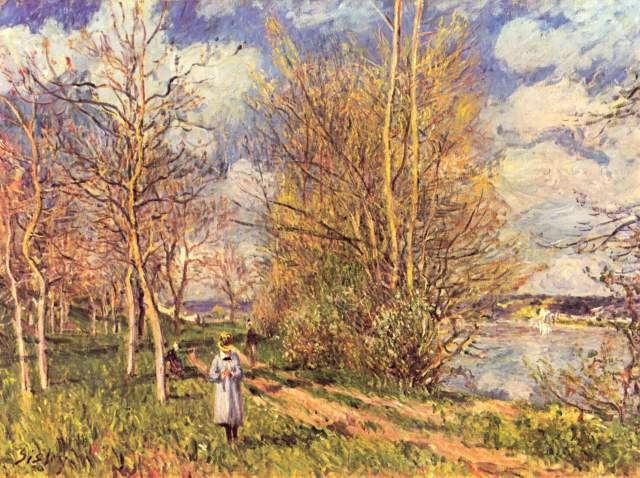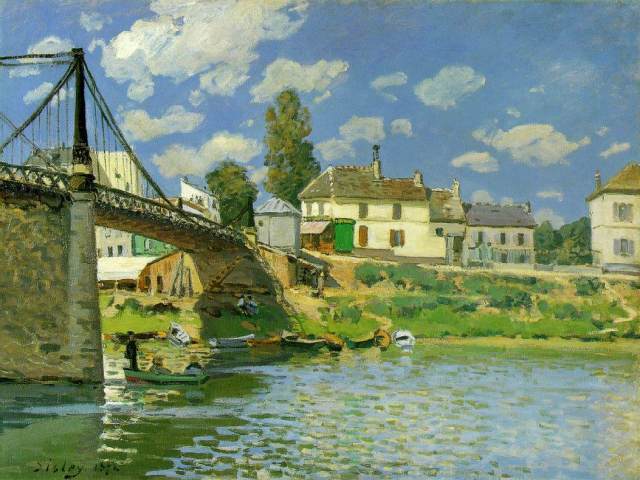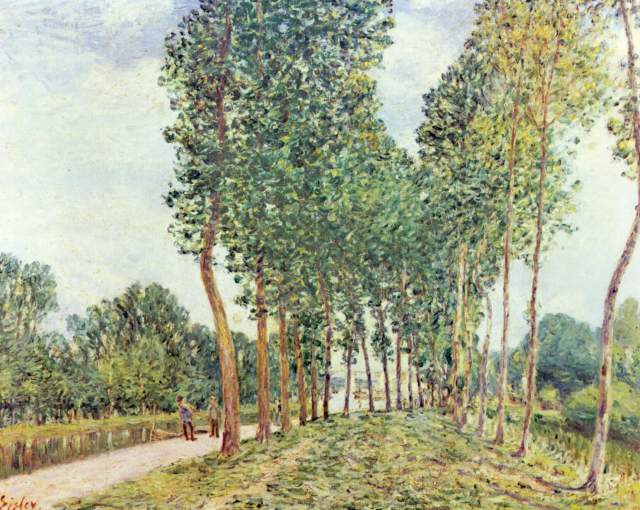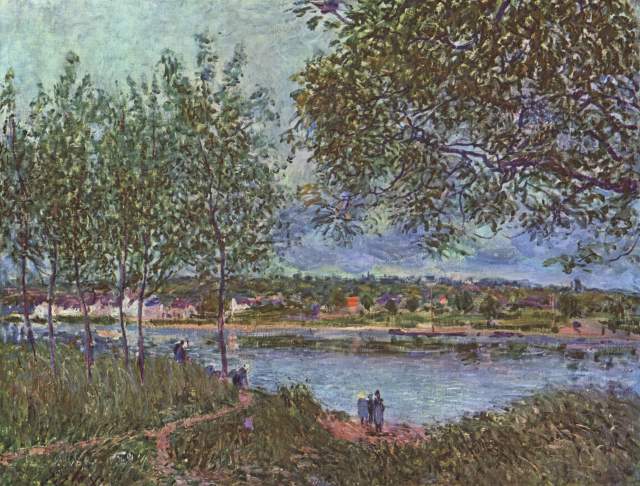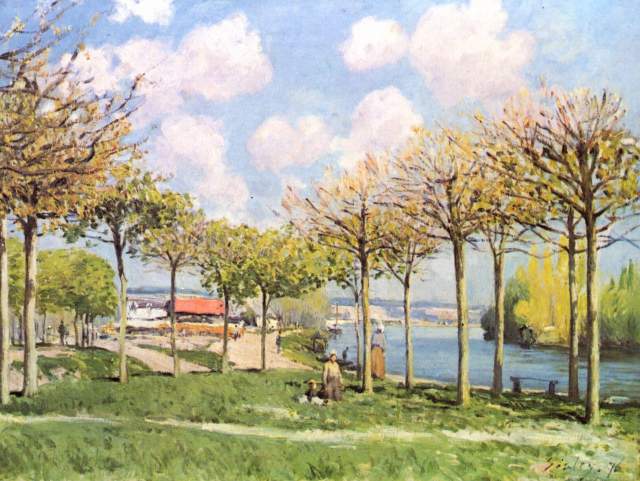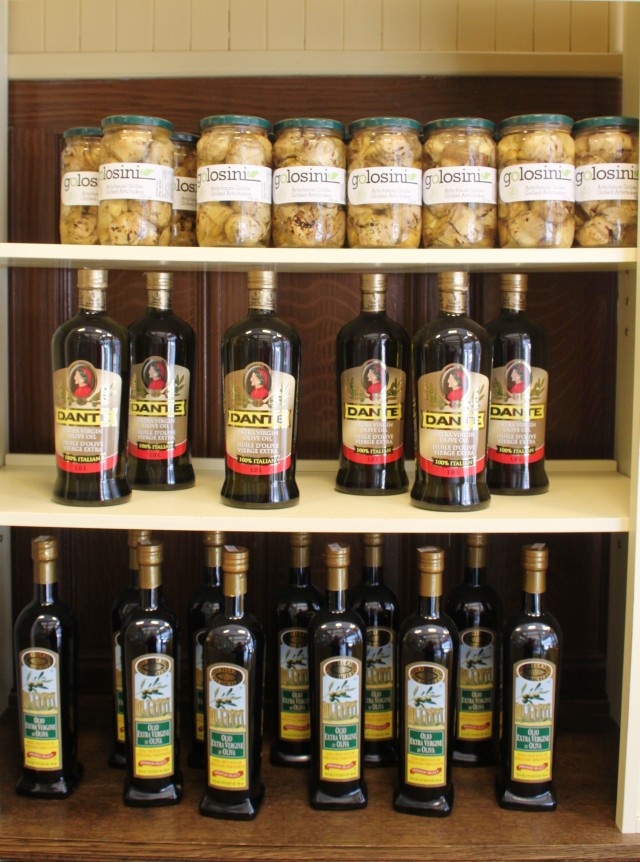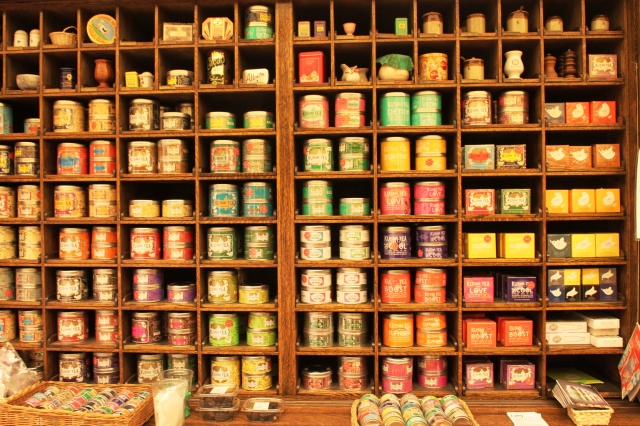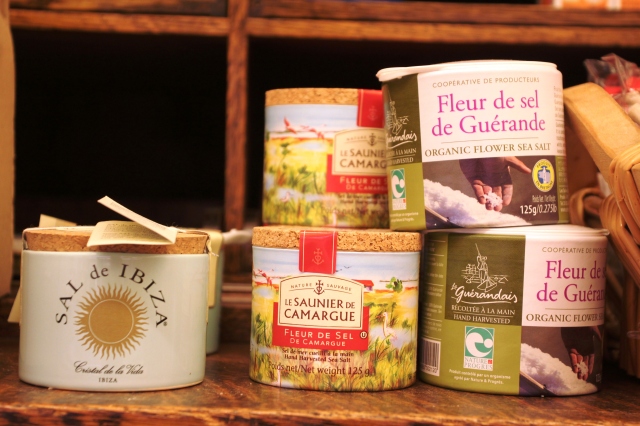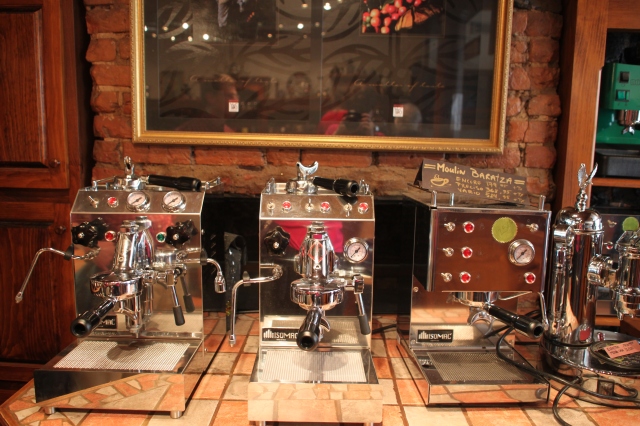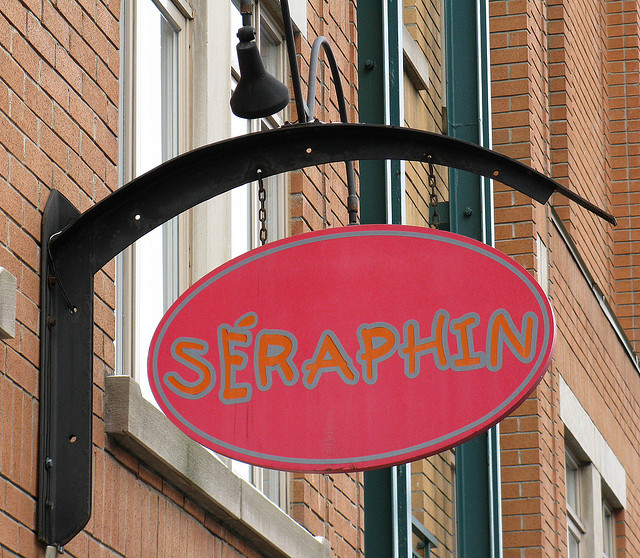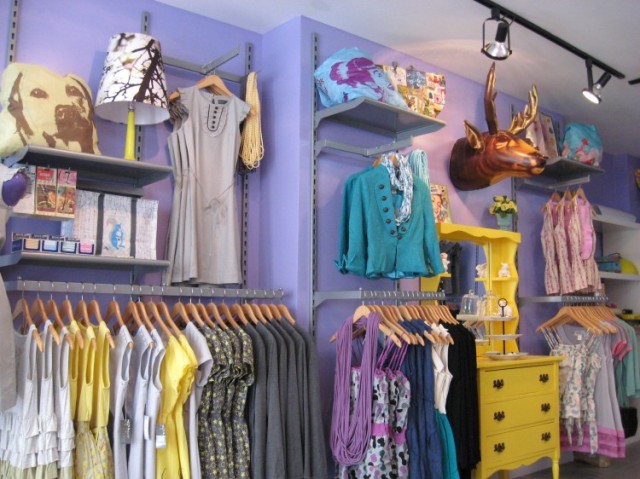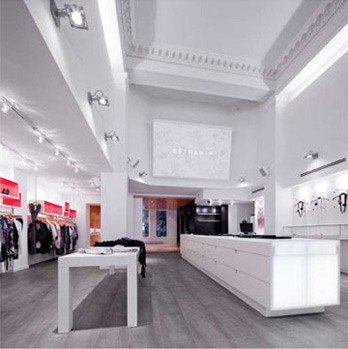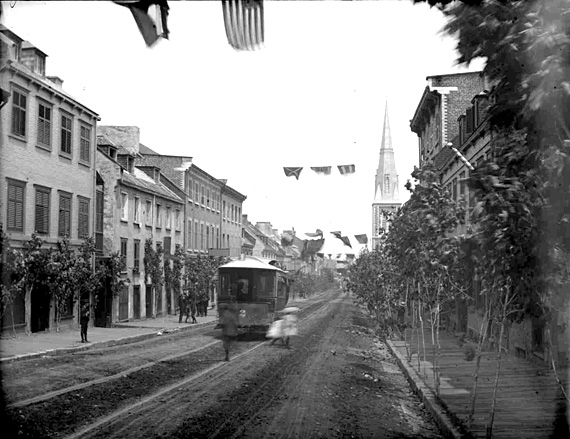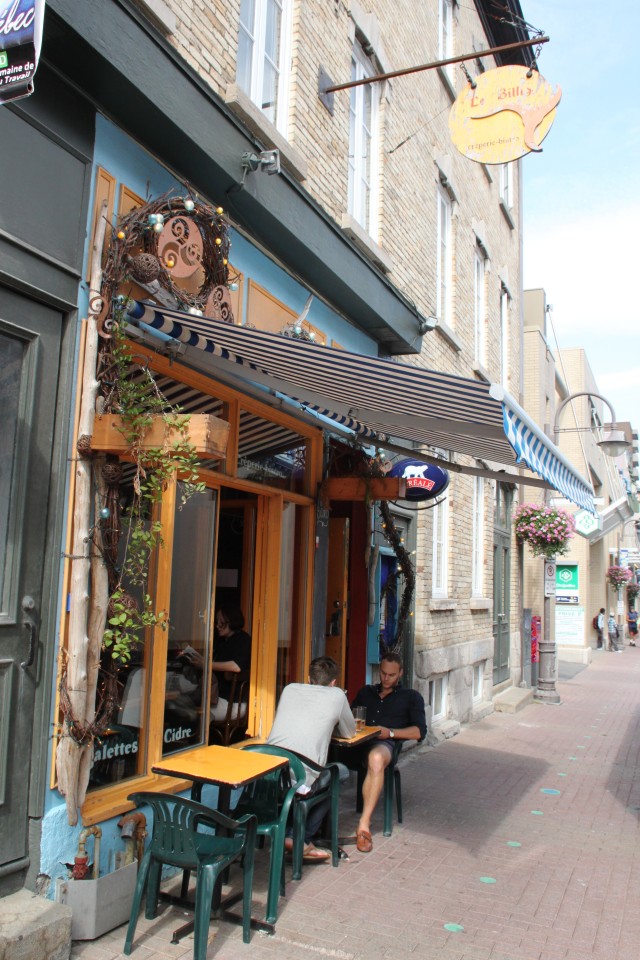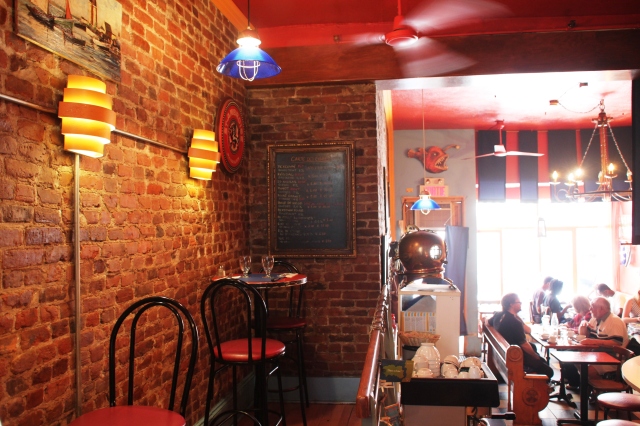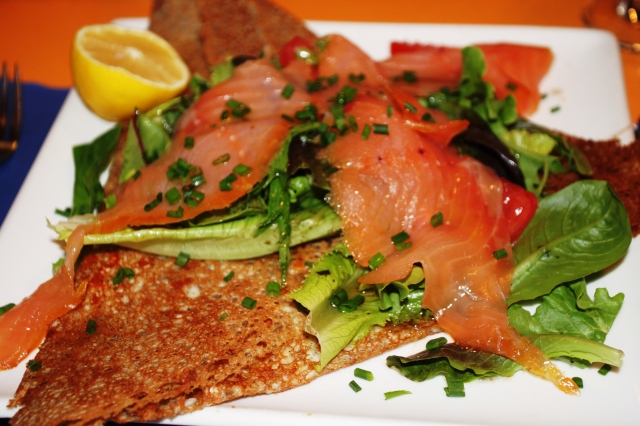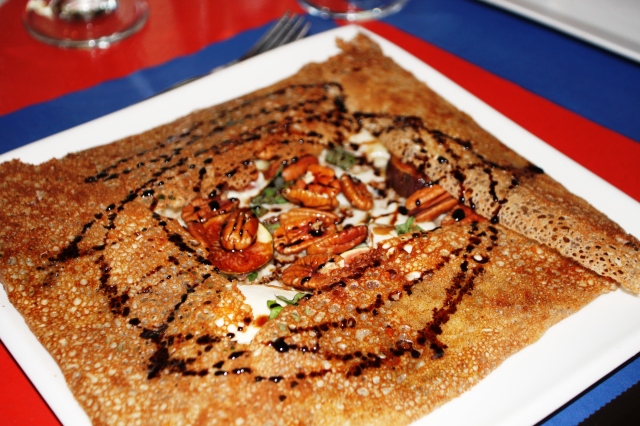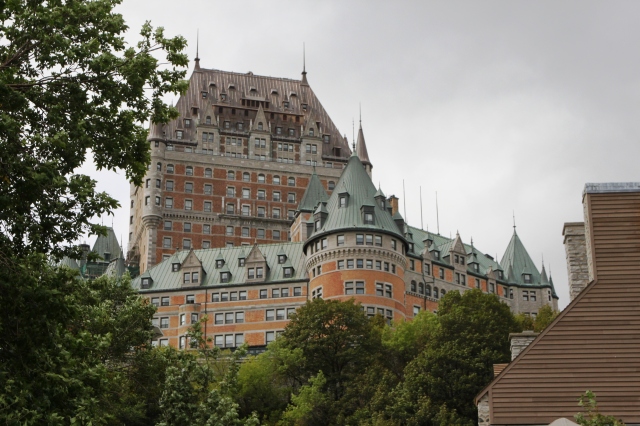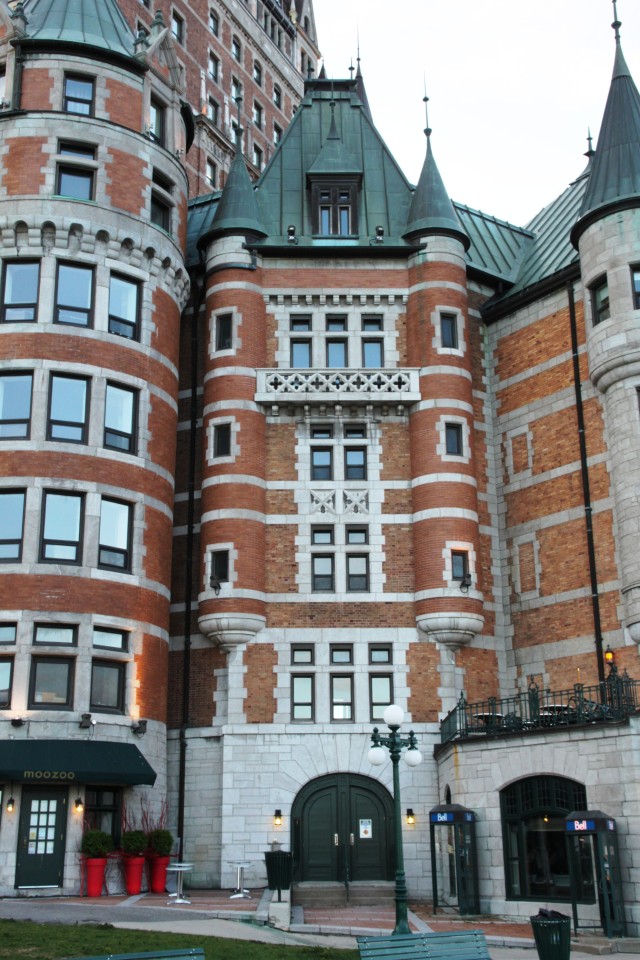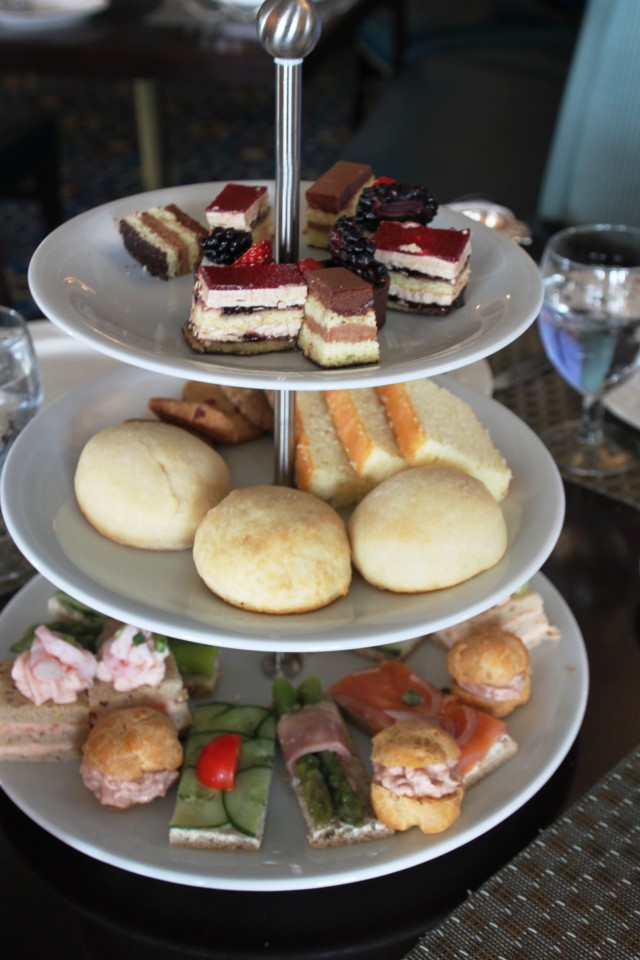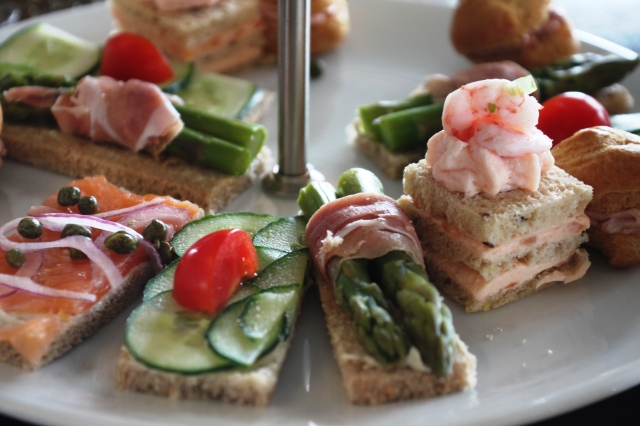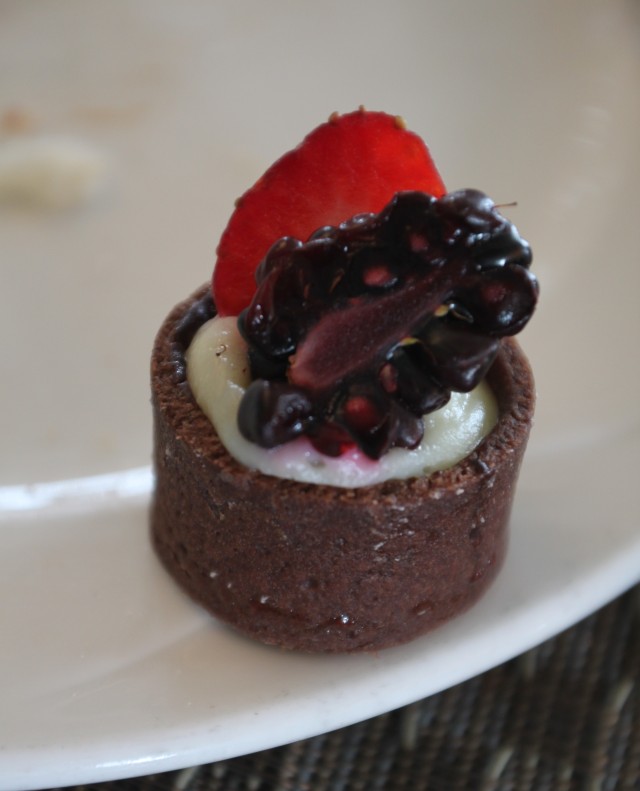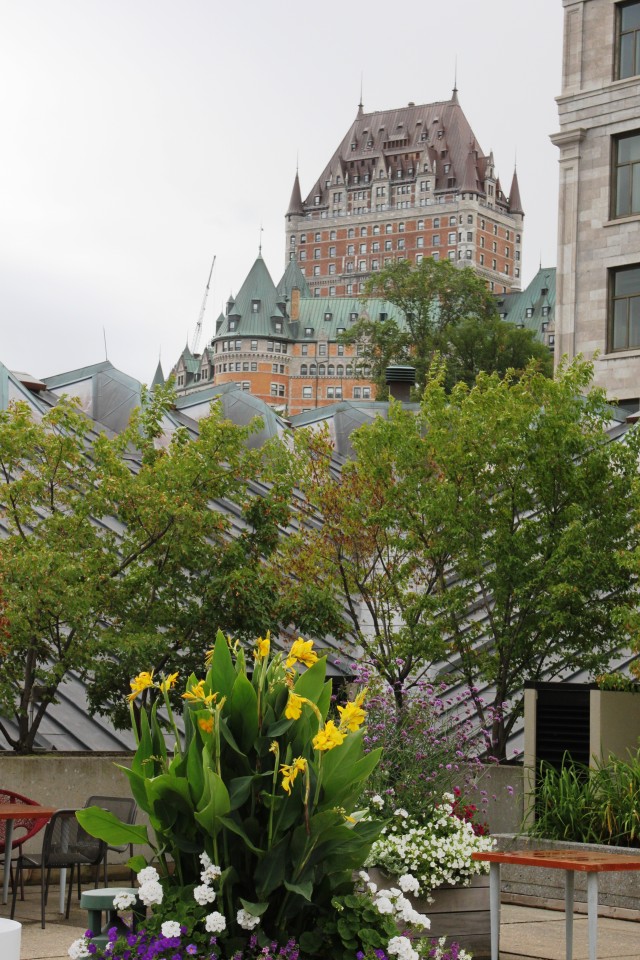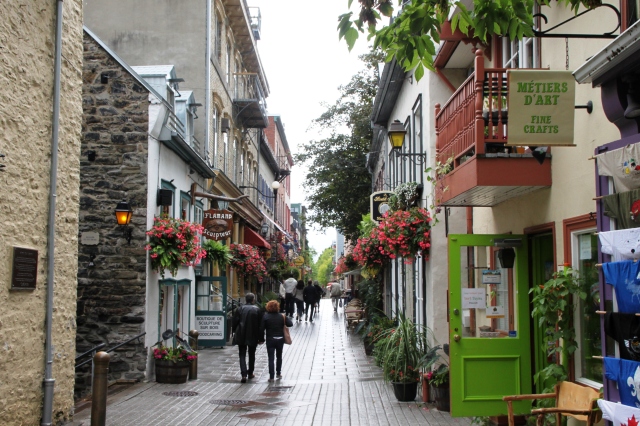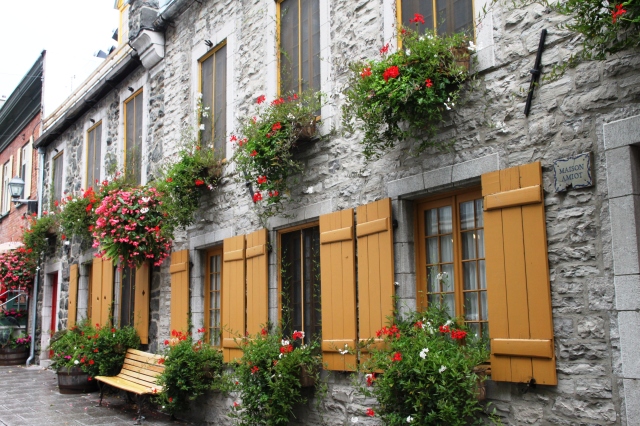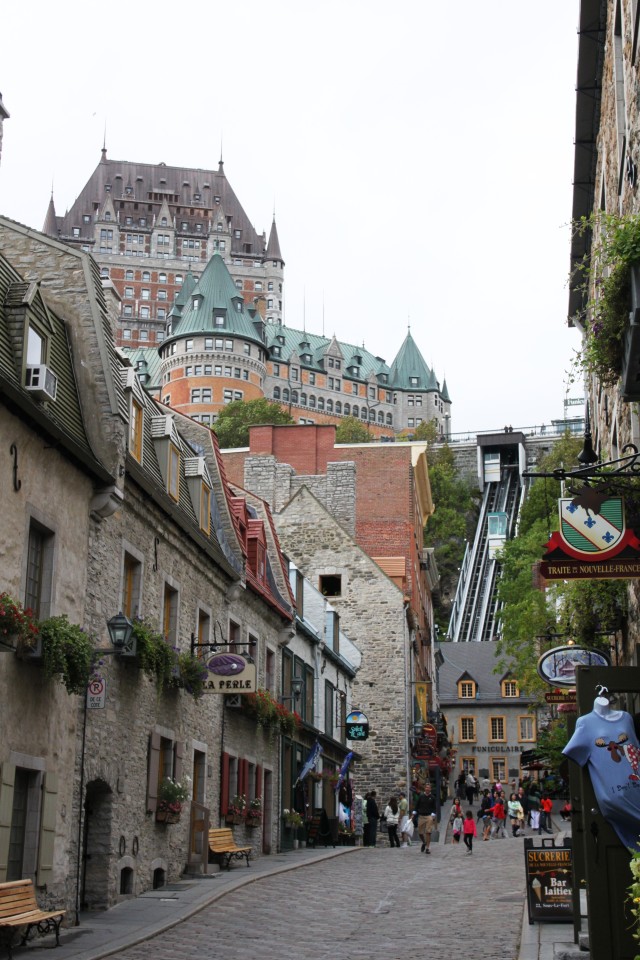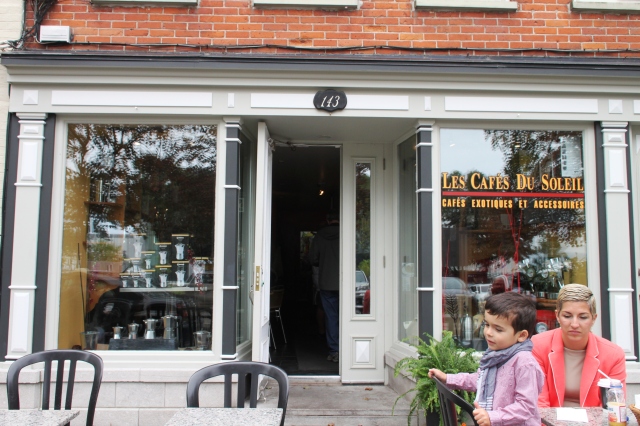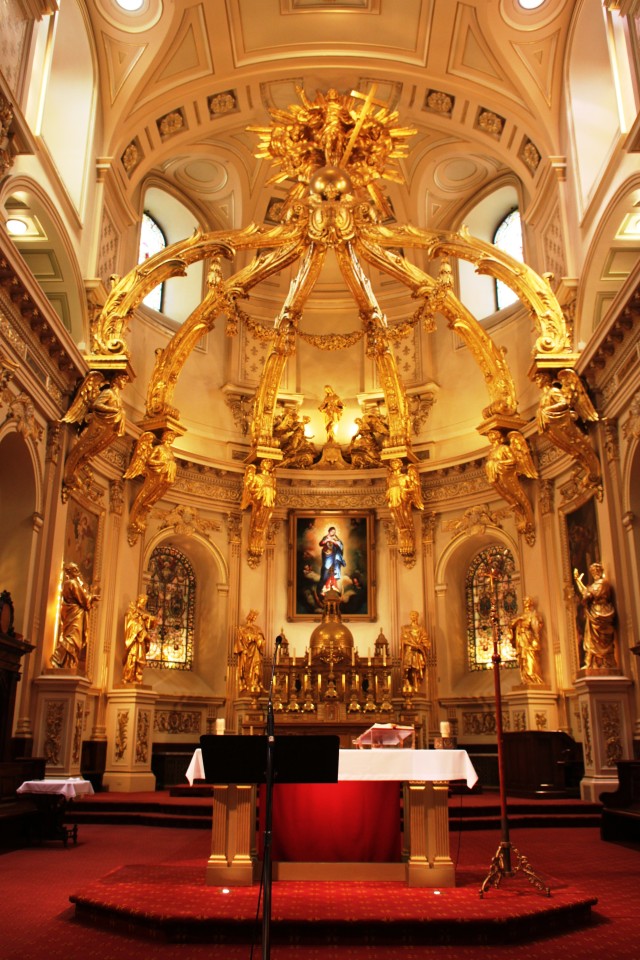Quick. Name the last French king.
If you said Louis XVI, you’d be wrong. The final king of the French, Louis Philippe I, was born on October 6, 1773 and reigned from 1830 to 1848. He was a young man during the turbulence of the Terror. As a member of the Bourbon line, Louis Philippe fled abroad, where he lived in exile in various European cities for twenty-one years.
His position was so precarious in those early months of the Terror that he moved on every two days. Louis Philippe finally got a job under an assumed name as a teacher in a boys’ boarding school. His career academic ended when he got the headmaster’s cook pregnant. He repeated this routine when living under another false name with a Lutheran minister, this time seducing the vicar’s housekeeper, who was also his sister-in-law. He left her with another child when he moved on.

Then Louis Philippe moved to the United States, first Philadelphia, where he met up with his two brothers, then New York City, and then Boston. I had clam chowder at the Union Oyster House, where the future king once lived as a lodger while he taught French lessons. While in the United States, he met with many American luminaries of their Revolution, including George Washington. While trying to make their way back to France, the brothers were intercepted and bounced from Cuba, to the Bahamas, and then to Nova Scotia. There he met the Duke of Kent with whom he struck up a lasting friendship. He and his brothers spent the next fifteen years in England. His proposal of marriage to a daughter or the king was rejected on the basis of his religion, notwithstanding the willingness of the princess. The following year, his heart was sufficiently mended to wed the princess of Naples and Sicily, with whom he had ten children.

After Napoleon’s abdication, it was safe for Louis Philippe to return to France. His cousin was reigning as Louis XVIII under the Bourbon Restoration. He was part of the royal court, but he took the part of the more liberal faction who opposed Louis XVIII. He was, however, on much better terms with Charles X, the king’s brother who succeeded him on the throne in 1824.
Charles was overthrown in 1830. He named his 10-year-old grandson as his successor, but appointed Louis Philippe regent for the purpose to advancing this objective. Louis Philippe did not do this, however, choosing instead to advance his own chances. He served as regent for only eleven days, before being proclaimed king in his own right. It was the turn of Charles and his grandson to live in exile in England.

You may have noticed at the beginning that I said that Louis Philippe was the king of the French, not the king of France. This distinction was meaningful. Louis Philippe was the king of the people, not a territory. This distinguished Louis Philippe from his predecessor and aligned him with the reforms of the Constitution of 1791 that ended absolutist reign. His simple style of living earned him early popularity and the title of the “bourgeois monarch” and le Roi Citoyen (luh rwah sea-toy-en), or “the Citizen King.” But despite the modest appearances, his backing came from the wealthy, and under his reign the condition of the poor worsened considerably. This inequality led to the Revolution of 1848 and Louis Philippe’s abdication. He traveled under the name “Mr. Smith” in a hired cab and high-tailed it back to England. He, too, tried to put his grandson on the throne in his place. The National Assembly, however, had had enough of kings for the moment and opted for Louis Napoléon Bonaparte, who became Emperor Napoléon III.

Louis Philippe died in exile on August 26, 1850. His remains were eventually returned to France and placed in the family chapel. His descendants, the Counts of Paris, are supported by Royalist factions who even today would like to see a monarch on the throne of France. But unless and until that chapter gets written, Louis Philippe was the last French king.
